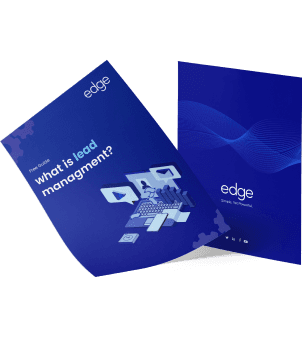Your time is valuable, and you want to make the most of it. In our daily life, there isn’t exactly a method to calculate how fruitful we are with our time. Yes, we do complete our tasks and feel a sense of accomplishment, but what about the rate of success for our efforts?
To calculate our success rates, sales teams have devised a way to put an exact dollar amount on one day’s work. This captivating value is called sales velocity.
What is Sales Velocity?
Sales velocity is a measurement of how quickly you’re making your own money. It looks at how quickly your leads are moving through your pipeline and how much value new customers provide over a given period of time. Sales velocity plays a huge role in your business’s ability to thrive and grow. The less time it takes for prospects to move through the sales pipeline, the faster you can close more deals. So, a higher sales velocity means that you’re bringing in more revenue in lesser time.
Tracking sales velocity over time allows you to benchmark your own sales velocity against other teams, compare the effectiveness of individual reps or regions, and see how changes to the sales processes impact your business, for better or worse. Understanding sales velocity can also help you forecast more accurately and determine how your sales process can be optimized for faster sales and higher conversion rates at each stage of the sales pipeline.
How is Sales Velocity calculated?
Source: Marketo
Let’s say, for example, your organization gets around 100 opportunities per month. Your average deal size is $2,000, you have a conversion rate of 15%, and, it takes an average of 30 days for your leads to convert. Let’s work out your sales velocity.
100 (opportunities) x $2,000 (average deal size) x 0.15 (conversion-rate) ÷ 30 (days) = $8,333 (sales velocity)
To quickly find the time between sales steps, try using an online time duration calculator. It helps to measure how long each lead takes to convert.
What are the key factors of Sales Velocity?
There are four factors that affect sales velocity: the number of opportunities in your pipeline, average deal size, conversion rate, and how long it takes to complete a sale. Together, these metrics can be used to calculate sales velocity so you can track how it changes over time and, hopefully, figure out how to optimize your operations to make money faster.
1. Number of Opportunities
How many leads can your teamwork through in a given period? If you want to compare sales velocity internally, you can also break down opportunities by sales rep, region, or product.
2. Average Deal Size
For many businesses, this is simply the dollar value of an average sale. For SaaS companies or subscription-based products, the average customer lifetime value is more relevant.
3. Win Rate or Conversion Rate
How many leads turn into paying customers over a given period? If you start with 100 leads and 40 of them become paying customers, you’ve got a win rate of 40%. Pretty straightforward.
4. Pipeline Length or Sales Cycle Length
How many days does it take for prospects to move through your pipeline? The answer depends on how many steps are in your sales cycle, how complex your product is, and the cost of your offering.
Accelerate growth with sales velocity
A full pipeline doesn’t necessarily mean a fruitful pipeline. Pay close attention to sales velocity and the four key factors that affect it.
Make sure to measure it regularly and note the factors that would’ve affected it.
Once you know what makes your sales velocity rise, you’re bound to get success.
Watch a detailed session on Sales Velocity!












